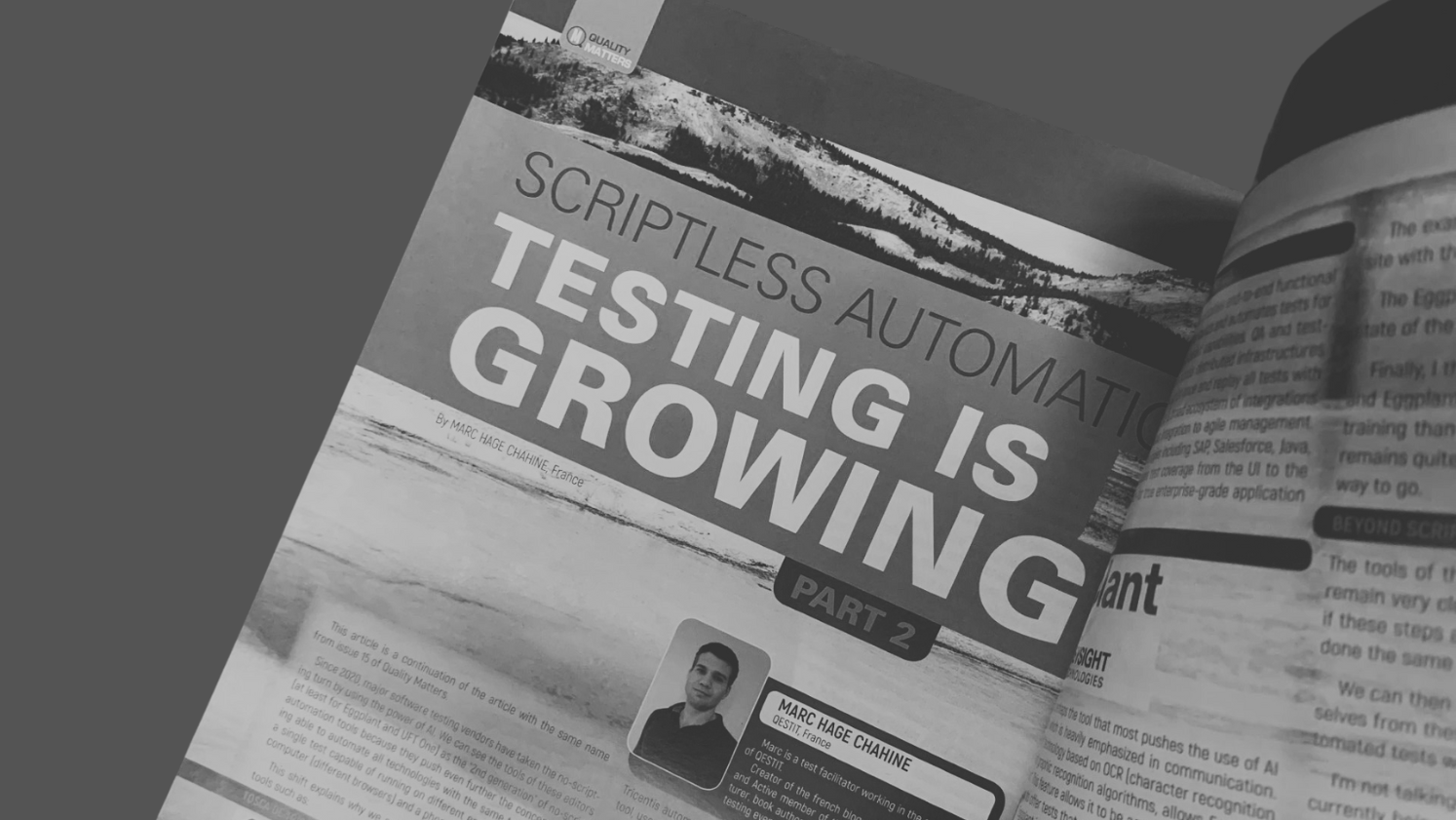EXPERIENCE AND INSIGHTS
Stay updated!
Get knowledge, news, inspiration, tips and invitations about Quality Assurance directly in your inbox.
share the article





